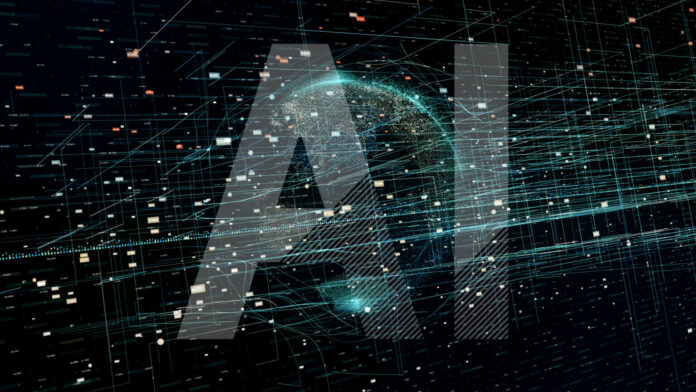Fermi America noted that the initiative will support the massive energy demands of data centers and AI infrastructure with a mix of combined-cycle natural gas, grid electricity, solar power, and battery energy storage
In sum – what to know:
Nuclear hybrid grid planned in Texas – Fermi America and Hyundai E&C will co-develop a nuclear-based hybrid energy project to support a private 11 GW grid powering AI and data center infrastructure.
Construction set for 2026 launch – With Hyundai joining as EPC partner, Fermi aims to break ground next year and bring the first AP1000 reactor online by 2032, following fast-track license approval.
Clean energy mix includes solar and gas – The project combines nuclear, solar, natural gas, grid power, and battery storage to meet the massive and growing energy demands of AI workloads.
Fermi America and Hyundai Engineering & Construction (Hyundai E&C) have signed a Memorandum of Understanding (MoU) to co-develop a nuclear-based hybrid energy project in Texas — part of what is described as the world’s largest private grid initiative.
In a release, Fermi America noted that the initiative will support the massive energy demands of data centers and AI infrastructure with a mix of combined-cycle natural gas, grid electricity, solar power, and battery energy storage—delivering up to 11 GW of total capacity.
Under the terms of the agreement, the companies will jointly advance project planning, conduct feasibility studies, develop detailed business packages, and execute FEED (Front-End Engineering Design) and EPC (Engineering, Procurement, and Construction) phases.
“We couldn’t be more pleased to partner with the team at Hyundai E&C to power the future of AI,” said Fermi America co-founder Toby Neugebauer. “America doesn’t have time to practice – we need to work with proven partners like Hyundai, who have delivered safe, clean nuclear energy.”
Fermi America recently submitted its Combined Operating License Application (COLA) to build AP1000 nuclear reactors in the U.S.—a submission accepted for review in record time, according to the company. With Hyundai E&C now part of the initiative, construction on the nuclear power complex is expected to begin in 2026, with the first reactor projected to be operational by 2032, Fermi added.
Nuclear power plants generate large amounts of electricity continuously, making them a strong candidate for supplying the baseload power AI systems need. Here are a few key reasons why this source of energy could play a crucial role:
1. Always-on power
Unlike solar or wind, nuclear power is not weather-dependent. It provides constant electricity, 24/7, 365 days a year. This reliability makes it ideal for data centers that can’t afford interruptions.
2. High energy density
This source of power is incredibly efficient. A small amount of uranium can produce far more electricity than the equivalent in coal, gas or even solar panels. This means nuclear plants can generate a lot of power using relatively little land—something that matters as data centers expand.
3. Low carbon emissions
This power produces virtually no greenhouse gas emissions during operation. As governments and companies commit to net-zero goals, nuclear power offers a way to meet rising energy needs without increasing carbon footprints.
4. Next-generation nuclear technologies
New developments in nuclear technology are making it safer, smaller and more flexible. Small Modular Reactors (SMRs), for instance, can be built near data centers or tech campuses, providing localized and dedicated power. These units are faster and cheaper to deploy than traditional nuclear plants.

